There is a significant labor shortage in our country today primarily due to the retiring baby boom generation and compounded by Teens choosing to stay in school longer than ever. The Wall Street Journal recently reported that matching every unemployed person in the Midwest to a job would still leave 180,000 unfilled jobs. In spite of record demand for jobs, it’s interesting that Teen employment rates have declined dramatically over the past 2 decades. Some lament the disproportionate decline of working teens, assuming that part-time wages are too low or that more entry level jobs are being automated. The Bureau of Labor Statistics has another theory: students are spending their summers studying for college seeking more highly skilled careers than their predecessors. Today only 43% of Millennial Teens choose extra income over summer classes, while as many as 72% of Teens in the past generation held summer jobs.
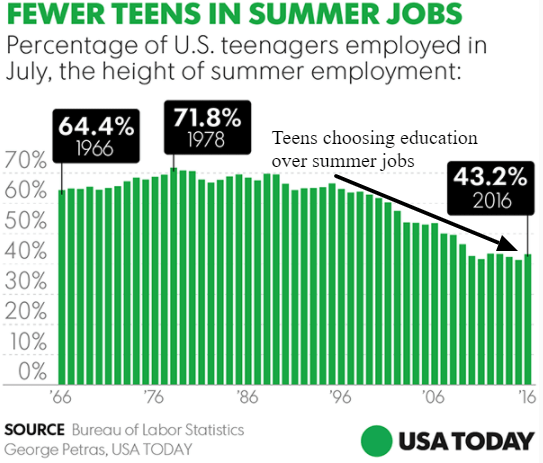
Less than a third of full time college students choose to work as kids are encouraged to seek loftier careers than their parents.
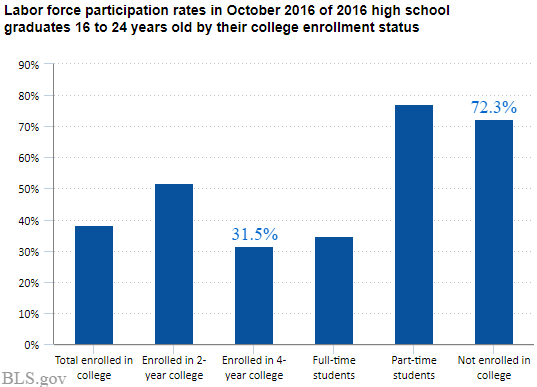
The National Center for Education Statistics reveals that 14 to 17 year olds enrolled in school were strikingly steady since 1965 near 91%. Suddenly in 2001 the student enrollment ratio among high-school teens rose sharply to about 98% today. The increased marketing of the value of a college education along with the rising skill levels required of Millennial’s may be major reasons for this new trend toward higher education.
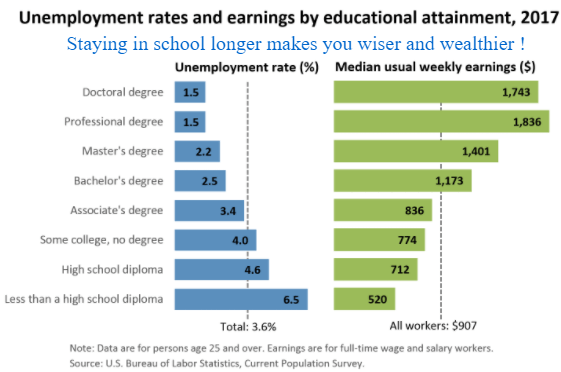
By 2024 it’s estimated that teenagers (14 – 17) choosing summer work over school will fall to 26% of their High-school age group, a reduction of over half the 58% rate in 1980. This scholarly summer priority in high-school naturally translates into higher rates of college matriculation. Teens choosing to go from high-school to college has climbed to about 70% from less than 50% in the 1970’s.

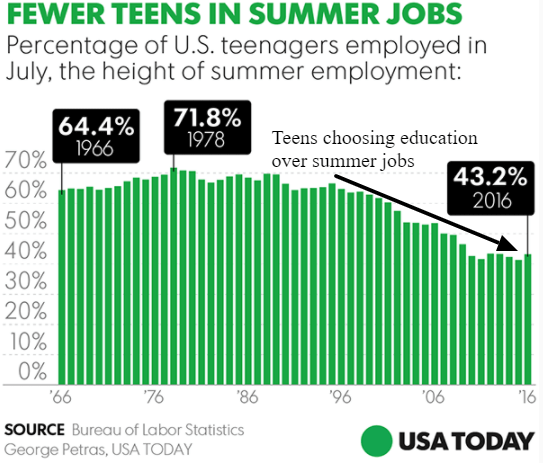


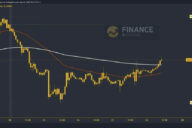




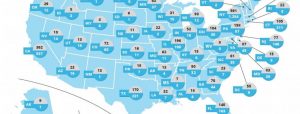
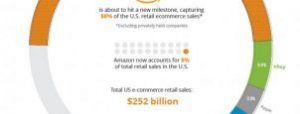
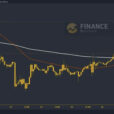

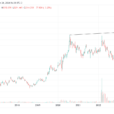
No Comments